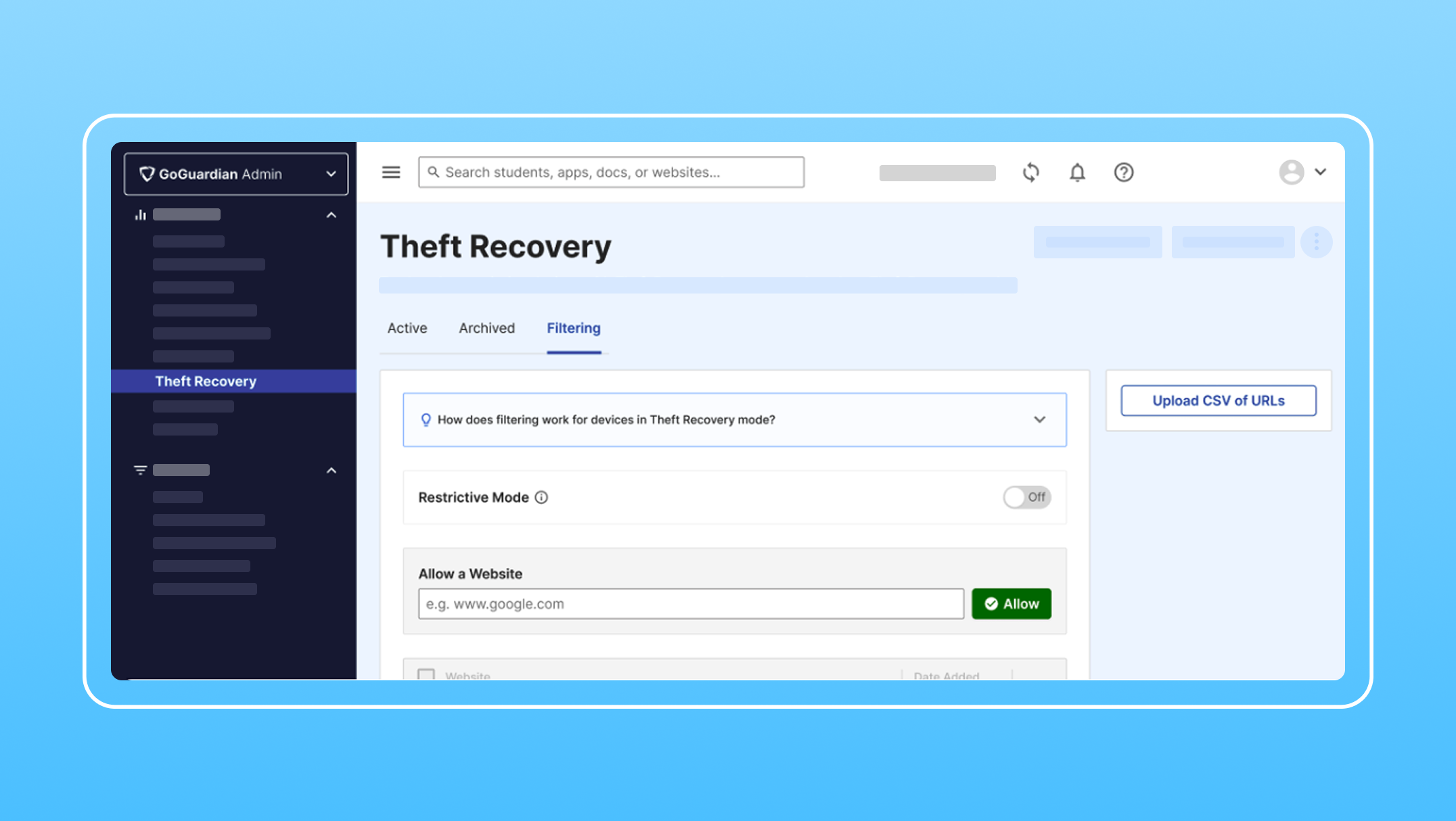Technology in Schools: 7 FAQs by IT Administrators

“Times are changing.” This quote can be applied to so many different aspects of technology as we hear about a new and exciting product, software, or app release that is all the rage. The general public is in a position to keep up with the trends to buy the latest gadgets. But how do our schools—with limited budgets and resources—make sure they are using the right technology in their classrooms in the appropriate ways to ensure student and teacher success?
Broad questions such as “Why is technology important in schools?” or “Why should technology be used in schools?” have been covered extensively. Students need to understand how to use technology in order to be prepared for the world we live in. Below are some frequently asked questions by school administrators about how to effectively incorporate technology in schools to meet educational goals.
How do I protect my school’s devices?
In the same way districts vary, so does device protection. Repair and recovery are the top concerns for most schools. Device repair can be time-consuming, difficult, and logistically hard to manage. Recovery becomes even more important in a 1:1 environment, especially if students take their devices home with them. As a precaution, if your devices are stolen, we suggest contacting your local authorities and not trying to recover them on your own.
How do I pick a platform that meets everyone's needs?
With so many devices on the market and varying needs between students and teachers, choosing technology solutions for your school or district can be a daunting task.
Before you dive into research and begin contacting vendors, it’s important to identify your Learning goals. Ask yourself: Who am I purchasing for? Will it be appropriate for my teachers and their students to focus, engage, and learn? Request demos, and try before you buy. Ask lots of questions of your potential providers for deep knowledge of product features and limitations. Make sure technology is user friendly and easy to integrate into your existing platforms and systems. You don’t want teachers spending valuable time Learning new technologies, nor do you want to use internal resources integrating with your existing network.
How do I keep everyone secure and protected?
The internet opens access to a whole world of websites, apps, and communication with friends—and strangers. All of this information can be used in good ways, and sometimes bad! Online security is an issue every internet user faces; however, our students need to be kept extremely safe. Keeping users secure should be approached in a few different ways: monitoring activity, securing personal data, and knowledge/education. Many software solutions on the market ensure user safety through content filters, online student tracking, and flagged internet activity. The same filters used on technology in elementary schools won’t be appropriate for older students. When choosing a provider, it’s important to be sure students and teachers are being safe, but are not too restricted. Educating students and teachers of the importance of using the internet safely goes hand-in-hand with controlling content and monitoring their activity.
What will this really cost?
Tight school district budgets play a major role in making technology purchasing decisions, however the dollar amount should not be your only deciding factor. During any sort of evaluation process, whether it be for software or devices, consider the following:
- Purchasing cost. Consider your school and district size—and the near future. Will this solution allow you to scale without additional costs as your user base grows?
- Customization costs. Some providers will entice you with an “out-of-the-box” solution. But can one purchase fit the needs of all educators? Customized solutions are often a necessity, but be sure to get a definitive cost up front.
- Integration costs. Does this solution integrate seamlessly with your current network? You don’t want to have to spend time or call in another resource to configure your fancy new device or software to your existing infrastructure.
- Training costs. Time is money, so be sure your teachers are able to be up and running without spending too much time for professional development.
- Grants for technology in schools. There are a growing number of grants and programs available to help provide technology in schools. These can significantly lower costs to your district.
How do I make sure only the right people have access?
Online sharing, networking, and collaboration can be both good and bad. To be sure your users are collaborating with “safe” people, communicate the importance of account verification. Online account verification has been adopted by most popular sites to keep users safe. Twitter uses “badges” to verify legitimate accounts; Edmodo verifies teacher accounts internally to make sure their users are valid educators. Providers targeting the education market should always offer verification confirmation, so be sure to ask when making your decisions.
How do I train my users?
Your technology solutions will add the most value when they are used to their full potential. Technology use and education comes from the top down, so ensuring your educators are given the proper resources will help pass their knowledge onto students. And speaking of the top, are your principals using technology? If your whole school and/or district adopts an initiative, principals can have a huge impact on teachers by setting an example and drive emphasis on utilizing technology effectively.
How will I know where to provide extra support?
With so many other responsibilities, technology support is probably not at the top of most administrators’ to-do lists. However, we all know it is an important aspect of keeping students on track and Learning at their expected pace. Keep the conversations open between all educators and stakeholders, allow for teacher feedback, and query your faculty for pain points. Just as teachers are reviewed for their effectiveness and performance in alignment with school and district goals, your technology solutions should be as well.
Jump to Section
Bring the power of GoGuardian to your school or district today.



